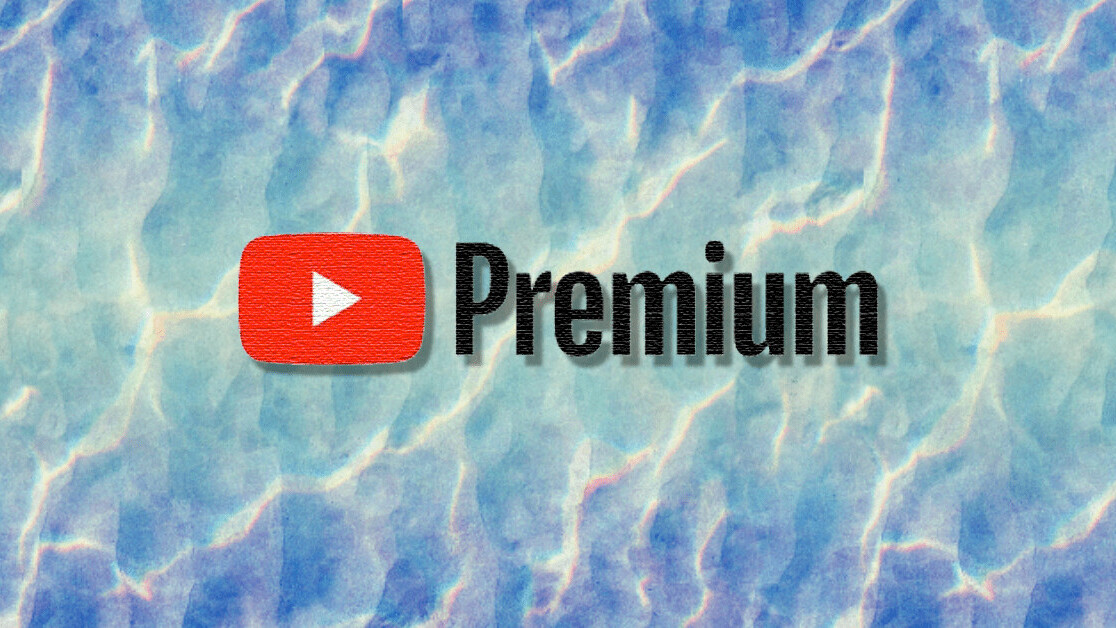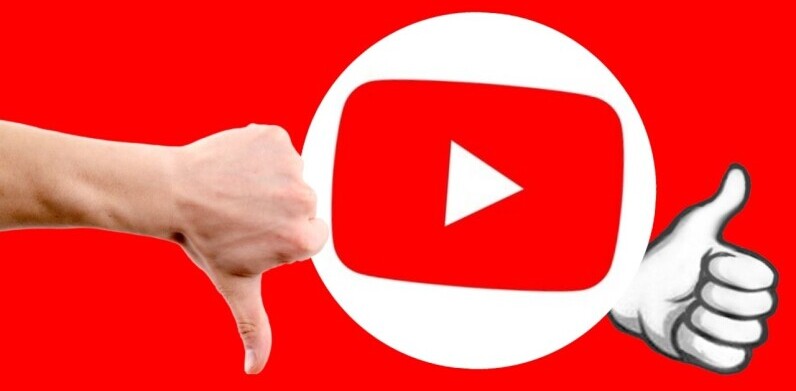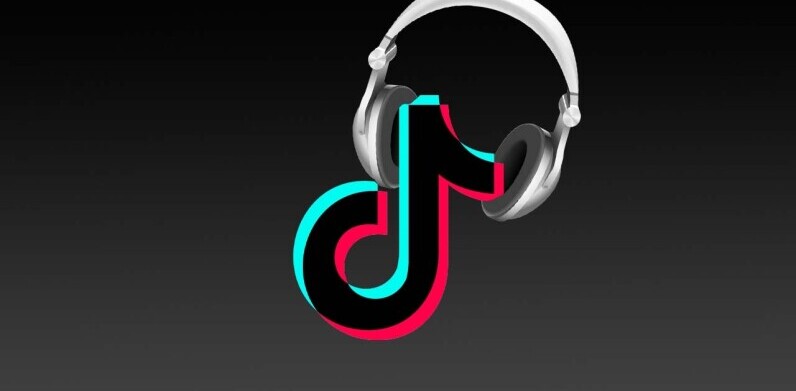
I don’t really watch YouTube. Rather, I listen to it. You’ll find an overwhelming amount of podcasts, lectures, and music playlists in my recommendations — and yes, I keep my phone screen lit 24/7.
Naturally, the YouTube Premium ad came for me. It popped right when Joe Rogan asked Jordan Peterson a tricky question. Obviously, time expanded right then, and I couldn’t bear waiting. So I took my phone out of my pocket to skip the ad. Yet, instead of pressing the button, I froze. My observant eye caught a subtle marketing trick.
The message box didn’t say “skip ad,” it said “skip trial.”

It’s not a random choice of words. YouTube marketers were leveraging a specific psychological trait which is loss aversion.
According to psychological studies, our minds are more sensitive to losses than to gains. It is especially the case for objects and possessions — say, a month of free trial, for example.
Roughly speaking, losses hurt about twice as much as gains make us feel good. If we wanted to measure the difference using an imaginary emotion-meter, it’d mean that finding $10 brings 100 positive emotional points while losing the same $10 strikes 200 negative emotional points.
YouTube subtly used loss aversion as a marketing tool. Marketers didn’t ask me if I preferred to skip the ad, but to skip the trial. The former translates into merely ignoring a commercial, while the latter meant that I was giving up on something.
When I saw the message box, I hesitated. “Does this mean that I’ll never get this offer again?” I thought. “Frankly, I hate being interrupted by ads — I should probably consider subscribing. Besides, my battery will thank me for it.”
All it took was one word to seduce my attention and make me consider subscribing
But what can the rest of us learn from this? We’re not YouTube. We don’t have the same resources nor the same reach. Nevertheless, we could still leverage loss aversion in our marketing.
There are several ways to persuade as YouTube did. In all cases, it boils down to the adoption of loss-oriented formulations.
To illustrate, here are three varied examples that can nourish your creativity.
If you are a content creator
Instead of focusing on what your prospects will gain by joining your mailing list, focus on what they will miss out on if they don’t sign up. You can articulate your message as follows:
“Don’t want to miss the latest articles/videos? Sign up here”
You can also use this technique to deter subscriptions. Instead of looking for ways to hide the Unsubscribe button, aim for something like:
“If you want to leave the adventure, click here.”
As you may have noticed, loss-aversion isn’t limited to items. It can include experiences — so long as that the experience is concrete.
If you’re marketing a product or a service
Find out what will be lost if the bid or deal falls through. Then state it clearly in a short sentence. For example, for a cybersecurity marketing campaign, the message could be the following:
“You can’t truly relax if all of your passwords aren’t safely kept in a single spot.”
If you happen to make an exclusive offer for your mailing list, you can pick words that stress your marketing efforts, such as these:
“You won’t find this promotion on our website.”
I didn’t go for “you won’t find this promotion elsewhere” because exaggeration can hurt your credibility. Therefore, the more specific and honest you are, the better.
If you’re pitching
Before the interview, start by identifying your strongest argument. When you present it, bring up your loss-oriented tone. According to the context, you can consider:
“It wouldn’t be easy to find a candidate who’s available immediately, like myself.”
Or
“Another company can’t bring you the same connections we have across the supply chain.”
Keeping the comparison with YouTube, your goal is to shift your counterpart’s reflection towards a concrete loss and not towards merely skipping a suggestion.
Just like a drawing made with hundreds of tiny brushstrokes, marketing is an art crafted through the concatenation of small details. Choosing the right words is a part of the latter.
(Thanks to Niklas Göke.)
This article was originally published by Nabil Alouani on Better Marketing, a publication providing advice that works and covering digital and social media marketing, tools, and case studies. You can read the original piece here.
Get the TNW newsletter
Get the most important tech news in your inbox each week.




